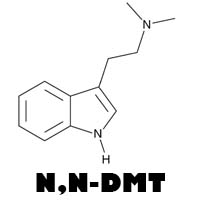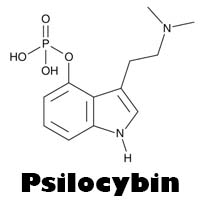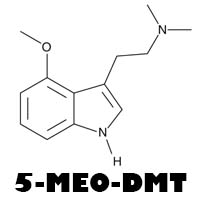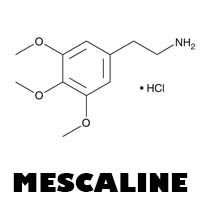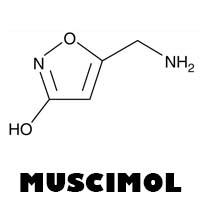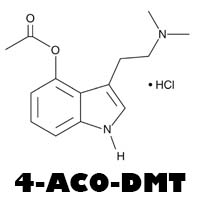How Psychedelics Affect Neuroplasticity
Neuroplasticity, the brain's ability to reorganize and form new neural connections, is essential for learning, memory, and recovery from brain injuries. Recent research has shown that psychedelics can significantly enhance neuroplasticity, offering promising implications for mental health and cognitive function. In this article, we'll explore how psychedelics affect neuroplasticity and the potential benefits of these changes.
Understanding Neuroplasticity
Neuroplasticity refers to the brain's capacity to change and adapt in response to new experiences, learning, and environmental changes. This process involves the growth of new neurons (neurogenesis), the strengthening or weakening of synapses (synaptic plasticity), and the formation of new neural networks.
The Role of Psychedelics in Enhancing Neuroplasticity
Psychedelics, such as psilocybin, LSD, and DMT, have been shown to promote neuroplasticity by influencing various molecular and cellular processes in the brain.
1. Activation of Serotonin Receptors
Psychedelics primarily act on the brain's serotonin receptors, especially the 5-HT2A receptor. Activation of these receptors has been linked to increased synaptic plasticity and the growth of new neurons. This interaction can lead to enhanced connectivity between different brain regions.
2. Increased Brain-Derived Neurotrophic Factor (BDNF)
Research has shown that psychedelics can increase levels of Brain-Derived Neurotrophic Factor (BDNF), a protein that supports the survival, growth, and differentiation of neurons. Higher BDNF levels are associated with improved cognitive function and emotional resilience.
3. Enhanced Synaptogenesis
Synaptogenesis, the formation of new synaptic connections, is crucial for learning and memory. Studies have indicated that psychedelics can enhance synaptogenesis, leading to more robust neural networks and improved cognitive abilities.
Key Studies on Psychedelics and Neuroplasticity
Several key studies have provided insights into how psychedelics affect neuroplasticity:
4. Psilocybin and Brain Connectivity
A study published in Nature: Scientific Reports found that psilocybin significantly increased the connectivity between different brain regions, leading to a more integrated and flexible brain network. This increased connectivity is believed to underlie the profound cognitive and emotional effects of psilocybin.
5. LSD and Synaptic Plasticity
Research published in Cell Reports demonstrated that LSD enhances synaptic plasticity by promoting the growth of dendritic spines, small protrusions on neurons that facilitate synaptic connections. This synaptic growth is associated with improved cognitive function and adaptability.
6. DMT and Neurogenesis
A study conducted by researchers at the University of California, Davis, found that DMT (dimethyltryptamine) promotes the growth of new neurons and the formation of new synaptic connections in the brain. These changes are thought to contribute to the rapid and profound effects of DMT on consciousness and cognition.
Potential Benefits of Enhanced Neuroplasticity
The neuroplastic effects of psychedelics offer several potential benefits for mental health and cognitive function:
7. Treatment of Depression and Anxiety
Enhanced neuroplasticity can help rewire maladaptive neural circuits associated with depression and anxiety. By promoting the growth of new neural connections, psychedelics can facilitate lasting changes in mood and emotional regulation.
8. Improved Cognitive Function
The increase in synaptic plasticity and neural connectivity can lead to improved cognitive function, including better memory, learning, and problem-solving abilities. Psychedelics may help individuals overcome cognitive deficits and enhance overall brain performance.
9. Recovery from Brain Injuries
Psychedelics' ability to promote neurogenesis and synaptogenesis may aid in the recovery from brain injuries by supporting the repair and regeneration of damaged neural networks.
Conclusion
The growing
